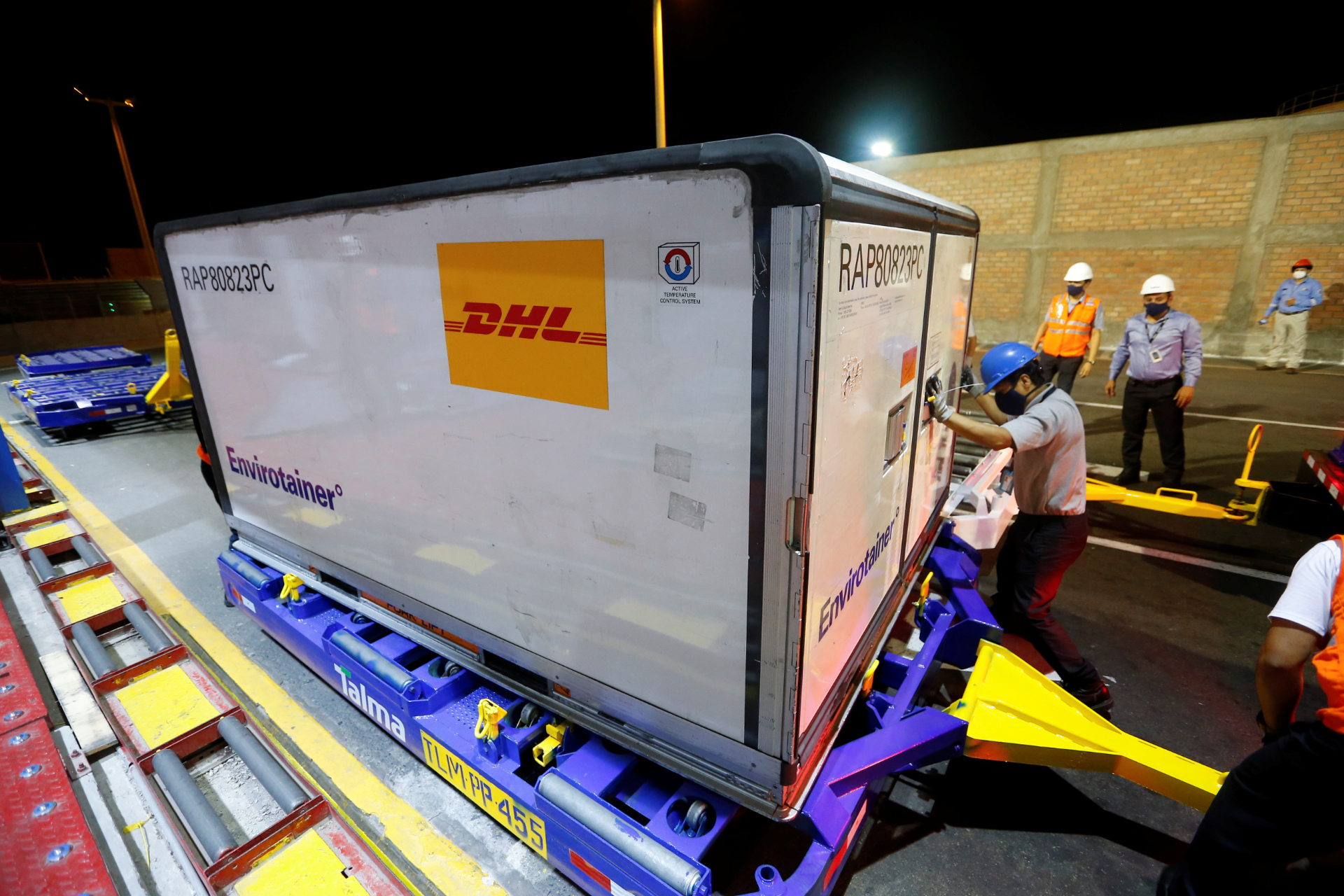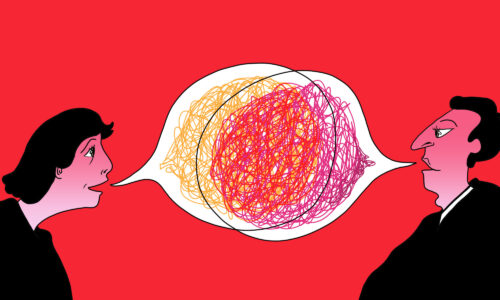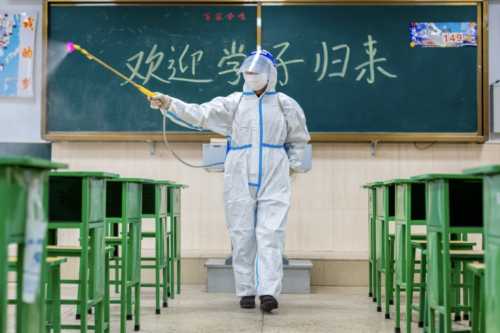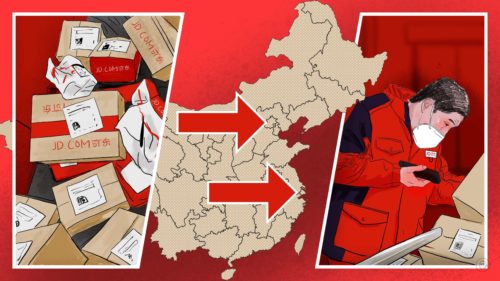Why is China lagging behind in COVID-19 vaccinations?
China is millions of doses behind the U.S. in its COVID-19 vaccine rollout, and officials are reportedly pushing back their timeline for the first 50 million shots. Vaccine diplomacy abroad, and vaccine hesitancy at home, are slowing China’s domestic rollout.

Despite a monthslong head start, in which Beijing began a controversial program of injecting experimental COVID-19 vaccines on July 22 last year, China is now lagging in its formal COVID-19 vaccine rollout.
- The early rollout led to over a million Chinese citizens being vaccinated outside of clinical trials by November — before the U.S. had approved any vaccine, for example.
- The formal rollout, which began at the end of December with approval for the Sinopharm shot, aimed to ramp up vaccinations and reach 50 million people by Lunar New Year’s Eve, on February 11.
The 50 million goal has now been pushed back “by almost two months” to the end of March, Bloomberg reports.
Why is China’s vaccine rollout going slower than expected? Bloomberg suggests two reasons:
- Supply issues: “Government officials are…worried that there isn’t adequate supply of shots developed by domestic companies.”
- “Widespread hesitation” toward getting COVID-19 vaccine shots, for “reasons ranging from concern over the safety and level of protection promised by the local shots, to a lack of urgency, with the virus largely confined to winter flare-ups in parts of the north.”
The other reason: Vaccine diplomacy
While wealthy countries have been criticized for hoarding vaccines, China has actively committed to supplying vaccines to the developing world. Yesterday, the Chinese Foreign Ministry said (English, Chinese) that China will provide “vaccine aid” to 53 countries, and China has either exported or will export vaccines to 22 countries. Some of these countries, such as Pakistan, Cambodia, Laos, and Equatorial Guinea, are reportedly receiving donated Chinese vaccine shipments this week.
After initially focusing its vaccine diplomacy on Latin America, Southeast Asia, and the Middle East, Beijing has recently made vaccine overtures to even more regions:
- Central and Eastern Europe: Chinese leader Xí Jìnpíng 习近平 said today in a speech (English, Chinese) to a regional summit that China “stands ready for vaccine cooperation.”
- Africa: “A specially modified Ethiopian Airlines jet landed in Addis Ababa on [February 6] from Beijing marking the beginning of the new air bridge linking China and Africa to deliver millions of doses of COVID-19 vaccines,” the China-Africa Project reports.
If China didn’t distribute vaccines overseas, as the Washington Post has noted, it would “produce just about enough doses by the year’s end to cover 70 percent of its 1.4 billion people.” Instead, that amount of shots might not be distributed in China for another year.
How far behind other countries is China?
As of February 3, China had distributed “just over 31 million doses,” Bloomberg says, compared with the U.S., which has now distributed about 43 million.
- On a per-capita basis, according to the Bloomberg vaccine tracker, the leading countries in vaccinations are generally smaller — such as Israel, Seychelles, UAE, and Bahrain — and the U.K. and U.S. are among the leading larger countries.
- China might not reach 60% immunity until late 2022, the Economist Intelligence Unit estimated last month, compared with the leading vaccinating countries that are expected to reach that level by late 2021.
China has recently approved its second shot for market rollout, but because its maker, Sinovac Biotech, has been so involved in vaccine diplomacy, this formal approval may not significantly change the supply in China.
One thing that might change the supply: 100 million Pfizer-BioNTech vaccines are expected to ship to China later this year, according to BioNTech chairman Ugur Sahin.






